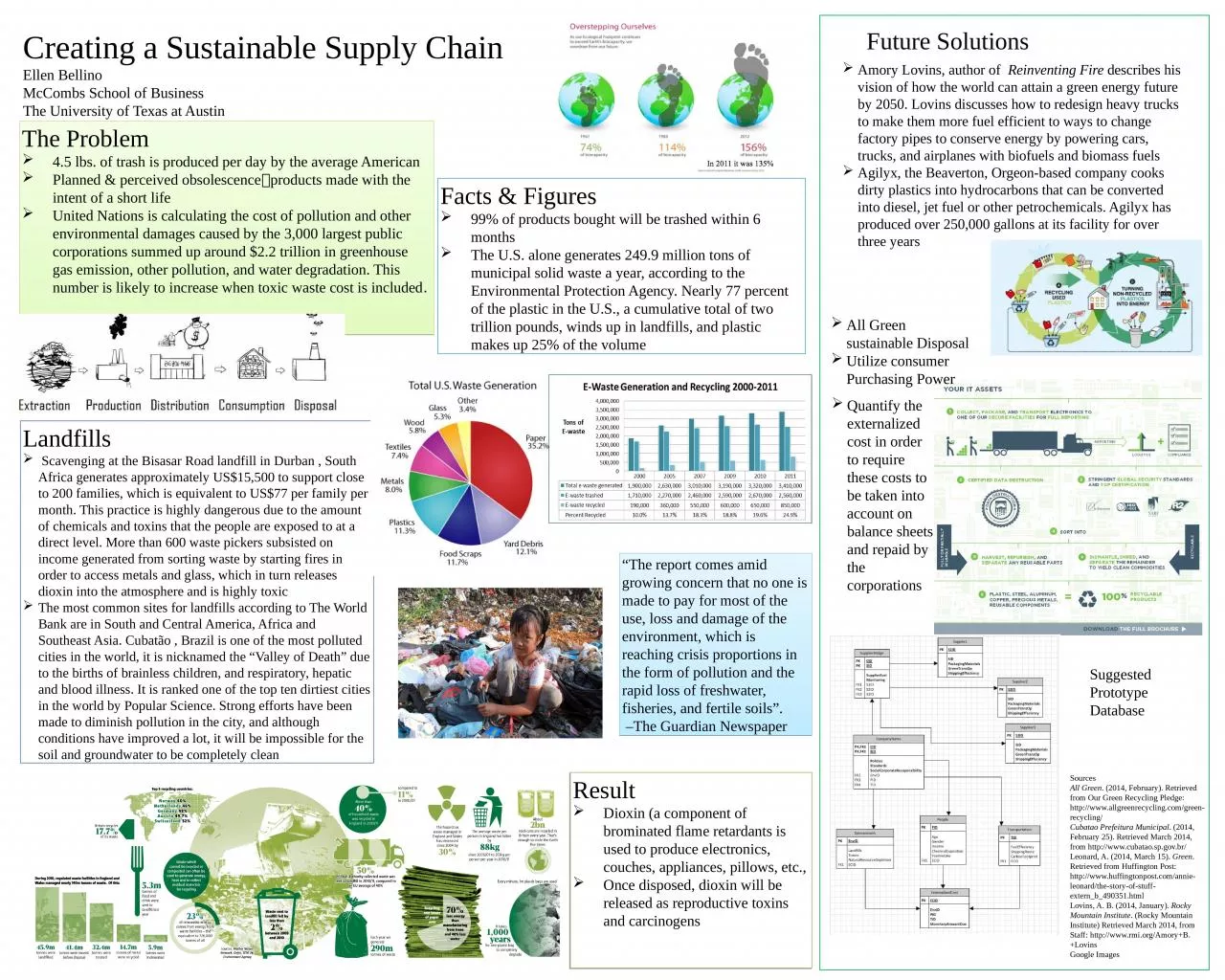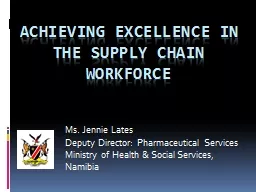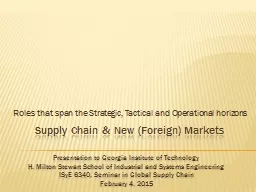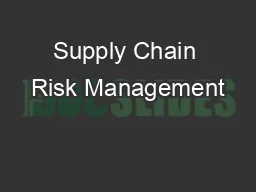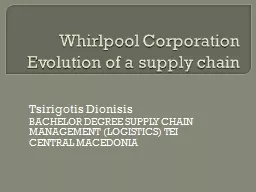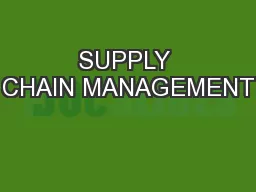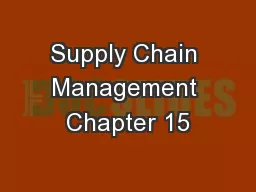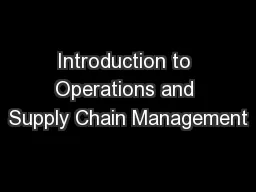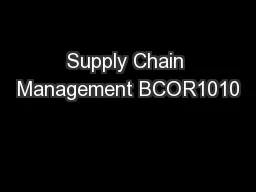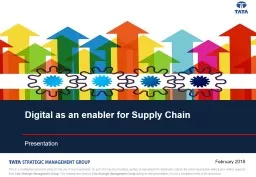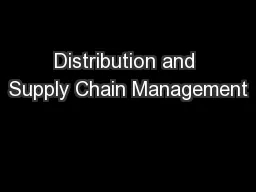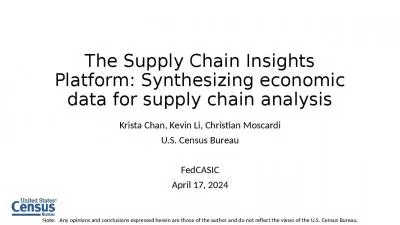PPT-Creating a Sustainable Supply Chain
Author : carla | Published Date : 2024-02-09
Ellen Bellino McCombs School of Business The University of Texas at Austin The Problem 45 lbs of trash is produced per day by the average American Planned amp perceived
Presentation Embed Code
Download Presentation
Download Presentation The PPT/PDF document "Creating a Sustainable Supply Chain" is the property of its rightful owner. Permission is granted to download and print the materials on this website for personal, non-commercial use only, and to display it on your personal computer provided you do not modify the materials and that you retain all copyright notices contained in the materials. By downloading content from our website, you accept the terms of this agreement.
Creating a Sustainable Supply Chain: Transcript
Download Rules Of Document
"Creating a Sustainable Supply Chain"The content belongs to its owner. You may download and print it for personal use, without modification, and keep all copyright notices. By downloading, you agree to these terms.
Related Documents

